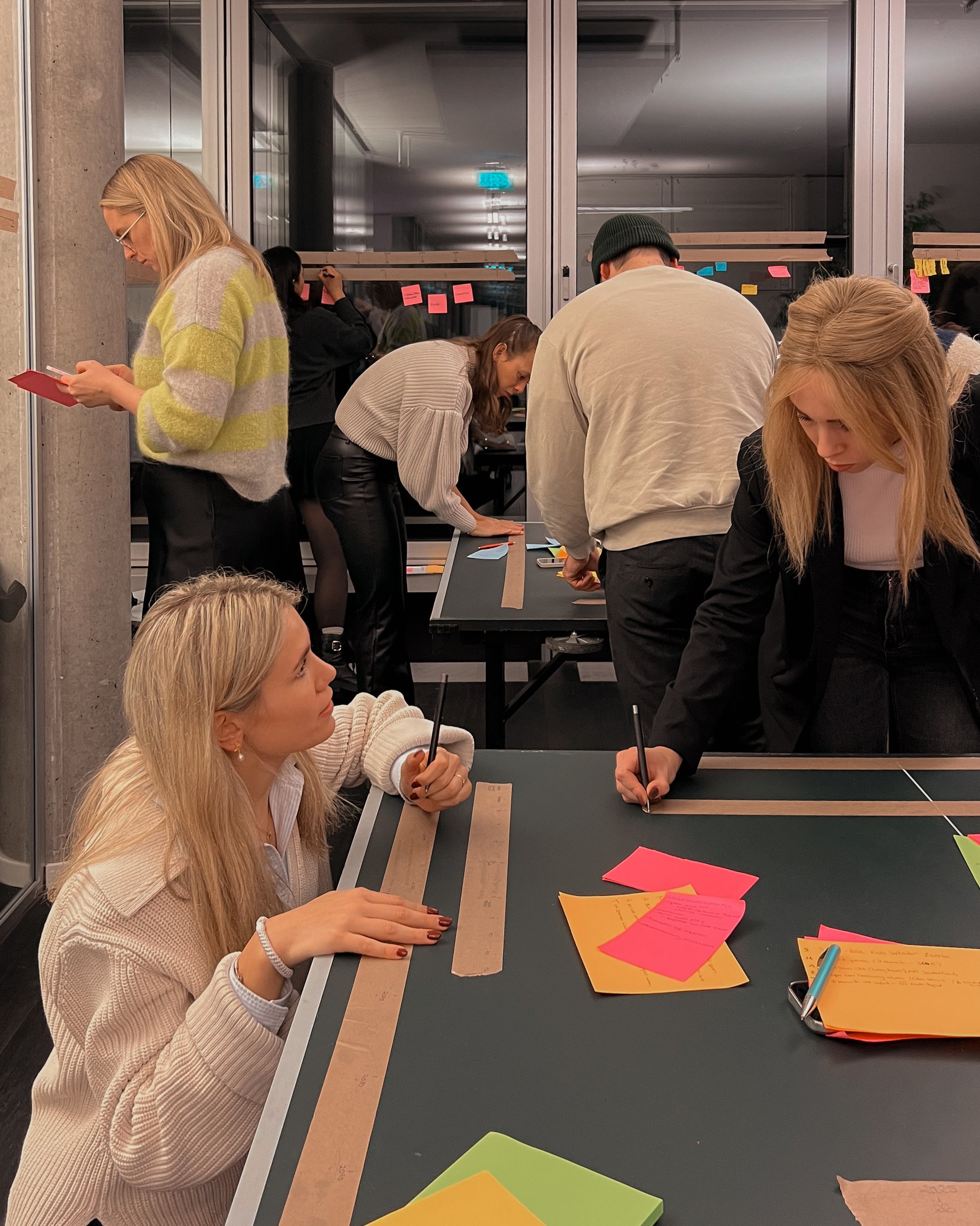DISCOVERY & requirements gathering
Discovery, problem framing and requirements gathering Workshops are a great way to create buy-in, connections and momentum.
While they take time to plan and organize and require good facilitation to be successful, these are incredibly useful formats to initiate change.
Get your team to start collaborating, engaging and innovating again. I have a proven track record of helping teams work together and deliver better.
MOVING AWAY FROM “WE’VE ALWAYS DONE IT THIS WAY”
If you’re trying to get teams away from these seven most expensive words anyone can use in a business - then applying new ways of working and creating a culture of empowered teams is a good starting point. The principles of Design Thinking and Product-led growth have been around for several years now - but it’s not always easy to apply them, especially when teams are stuck in delivery mode and an organization is fully focused on “business as usual”.
problem framing
HOW DO YOU FIGURE OUT THAT YOU’RE SOLVING THE RIGHT PROBLEM -
AND NOT JUST SOLVING THE PROBLEM RIGHT?
You might have heard the old engineering saying “shit in - shit out”, which beautifully encapsulates what happens, if you’re not clear on the problem you’re trying to solve.
Even if you’re going through all the right activities and steps needed, engaging the team, bringing in experts and going to the trouble of building prototypes. All of that effort will be pointless, if you then discover you haven’t clearly defined your goals and problem to solve.




PRIOR TO DESIGN SPRINTS OR AS PART OF REQUIREMENTS GATHERING
Doing a problem framing deep dive prior to a Design Sprint or Requirements gathering workshop always turns out as a good investment. Especially when leaders of different teams are not quite aligned or you’re unsure if everyone has the same understanding of the challenge.
This step should also involve prioritizing different aspects of the problem and agreeing on a goal definition. And yes, you can figure out a problem statement very quickly with the help of AI - but the key challenge in all organizations remains: getting teams to agree, align and collaborate.
The better you have framed the problem upfront, the more likely that your Design sprint or other discovery work is exploring solutions in line with your strategy and wider business goals.
Workshops, workshops, workshops…
Probably you know this situation:
You go to a full-day workshop, taking a considerable chunk of time out of your already busy day and that means you’ll need to try and catch up with other work later. On top of that – you haven’t been told what the purpose is, why you should attend and what will happen afterwards.
Workshops can feel like they’re eating time – yours and your teams.
The main reason workshops fail to engage and deliver – is lack of planning.
Whether you’re holding a workshop on-site or remote, it’s crucial to determine WHY a workshop is the best way to come together, and then plan and build for that.
And when you’re holding cross-team workshops with team members from different departments/backgrounds this becomes even more important.
When you have planned for it and got everyone to work on a problem together as a team, the insights and joint commitment gathered will be powerful and give a lot of energy to the team.
Read more on the blog.
CREATING CROSS-COMPANY COLLABORATION



